What is Remarketing?
Remarketing, also known as retargeting, is a very common and popular form of digital marketing in which marketers serve ads to users who have visited their website, social media pages, or previously submitted their email addresses. In the past, remarketing referred to strategies aimed at getting previous customers to purchase again or upgrade, while retargeting referred to strategies to gain new customers. Because of how platforms and targeting mechanisms have advanced over time, these terms are frequently used interchangeably now. For the purposes of this blog, we will refer to these tactics as remarketing – a highly effective method for advertisers to re-engage with customers who have already shown interest in their business.
By targeting only those who have already shown interest in a company’s products or services, advertisers are able to reach users who are further along in the sales funnel and much more likely to convert.
Two Types of Remarketing
There are two main options for remarketing: pixel/tag-based or email lists. When a pixel, or tag, is added to your website, it creates a cookie on your visitor’s web browsers to track the pages and products they view and the actions they take on the website. That information is communicated to the ad platform in order to serve specific ads to users based on their activity.
List-based remarketing involves using email addresses from potential or past customers for advertising. Email marketing sends targeted emails to these lists and segments. Social and search platforms allow advertisers to upload their email lists in order to show ads specifically to those users on their networks.

Creating a Cohesive Remarketing Strategy Across Platforms
A successful remarketing campaign should be cohesive across all platforms. Whether it’s Facebook remarketing campaigns, email remarketing, or Google audience-based remarketing, the message should be tailored to each platform and custom audience, while maintaining a unified marketing goal. Advertisers should regularly track user behavior across the various platforms to refine their strategies while ensuring their messages resonate with the targeted audience. Ads should have a frequency cap to limit the number of times a target user sees an ad. This approach helps to avoid overwhelming potential customers. If using pixel/tag-based remarketing, advertisers should add a burn code (burn pixel) to untag users who made a purchase, ensuring ads are not annoying people. A/B tests should be used with ads to determine the most effective use of ad dollars.
Expanding Content When Remarketing
In the realm of remarketing ads, diversifying your approach can significantly increase your chances to re-engage with potential customers. For example advertisers can mix content types like informative blog posts, engaging videos, and live demos. Videos can be game changers as they can show an advertiser’s product in action or provide a helpful tutorial. Interactive content such as quizzes or polls also drive engagement. Different content types can make remarketing ads stand out and keep your brand at the forefront of potential customer’s minds.

Social Media Remarketing
To remarket using social media, a cookie is placed into a user’s web browser to track the pages and products that a person views, helping advertisers to understand their website traffic at a deeper level. The cookie then notifies the social ad network chosen by the advertiser to serve specific ads to that user based on what they browsed. Ad messages are created to specifically address the behaviors and interests of website visitors.
For example, a Facebook pixel allows advertisers to track the behavior of a website visitor, providing data needed by advertisers to create ads that say, “We know what you are looking for and here is why you should purchase this product or service.” Potential customers that have shown interest in a product or service receive ads on Facebook or Instagram that speak directly to their interests and remind them of what they viewed and why they should purchase. This targeted approach ensures ad dollars are used most effectively to drive traffic back to the advertiser’s website or landing page and increase sales (conversions).
Google Ads Remarketing
Google Ads remarketing is a cost-effective strategy that narrows an advertiser’s target audience to customers showing interest in the advertiser’s offerings. Generally, remarketing ads cost less per click than other Google Ads. Remarketing Google search ads range in cost from $.66 to $1.23 per click, while a typical Google search ad costs $2.69 per click.
To collect audience data, advertisers must add Google’s remarketing tag to their website. The Google Ads tag is the JavaScript code snippet that tracks website visitors. An event snippet allows for further monitoring of user actions, such as when they add a product to their cart. This site-wide tag makes it easy to segment your site visitors into remarketing lists that you can use for search campaigns in AdWords as well as display campaigns on the Google Display Network.
Once the Google Ads tags are set and data is collected, advertisers can create their custom audiences from the various platforms from which data is collected (website, mobile app, customer emails, YouTube users).
When selecting website users, advertisers can name their list and choose parameters for which visitors are included. Among others, these can include specific pages visited and actions taken. Membership duration – or how long a potential customer remains on the remarketing list should also be set.
Once the remarketing list is completed, remarketing campaigns and ads are the same as creating standard Google ads, whether they’re Google Search ads or display ads on the Google Display Network.
Remarketing Lists for Search Ads (RLSA’s)
Among the more sophisticated remarketing tactics is Remarketing Lists for Search Ads (RLSAs). Although they’ve been around since July 2013, RLSAs are still hugely underused. RLSA is used specifically for google search campaigns and not display ads shown on Google Display network or YouTube.
Using remarketing lists for search ads, advertisers can tailor their Google Search campaigns based on whether a user has previously visited their website (or app), and pages that the user viewed. Advertisers can improve results by targeting prospects more likely to purchase with different ads and keywords and even bid higher for keywords needed to reach potential customers.
While standard remarketing delivers ads to users when they are browsing on the Google Display Network, RLSAs don’t just automatically show text ads to users just because they are on a remarketing list. The users still need to be actively searching on Google using the keywords that an advertiser is bidding on within the search campaigns.
Using RLSA’s, advertisers can show ads only to those who have already visited a specific page on their websites, which should lead to more conversions relative to ad spend. With RLSA’s, they can reduce the risk of wasting ad spend on more generic keywords that have a lower conversion rate. Often advertisers create a totally separate campaign to test more generic terms to evaluate their performance.
The one caveat for using RLSA’s is that an advertiser’s website must have at least 1,000 unique visitors in the time frame that an RLSA is to be executed. The membership time limit in the remarketing audience can’t exceed 540 days.
RLSA’s can be used in several different ways to grow sales conversions.
Target RLSA’s to a Customer’s Funnel Stage
One of the major benefits of RLSAs is to target potential customers based on where they are in the conversion funnel. Customers have different needs, and they’ll use different search keywords as they move down the funnel. According to studies, (and depending on the sales cycle of your business) the average visitor will interact with an advertiser’s website up to 8-11 times before becoming a customer. Using an RLSA campaign, advertisers can use ad messaging most appropriate for a customer, given their decision process, to reduce the number of website interactions and achieve higher sales conversions.
Target Competitors
One of the best techniques is to target the middle of the funnel visitors by bidding on competitor brand terms. Using RLSAs, advertisers can create a campaign where they bid on their competitors’ brand names, but the ads only show to searchers who have previously visited their site. By doing so, ads appear to those familiar with the advertiser’s brand while they are comparison shopping. Ad spending can generate higher conversions given that the ads are focused on motivated shoppers familiar with the advertiser’s brand.
Bid Adjustments to Re-Engage Potential Customers
Using data provided within the audience list, advertisers can adjust their bids to further entice a website visitor to purchase a product or service. For example, if a user viewed a contact page but did not submit a contact form, the advertisers may bid 10% more for that user when he or she next searches so as to re-engage with that person and complete a sale (conversion).
Seasonal or Event Bid Adjustments to Re-engage Customers
Advertisers can also create a custom audience list based on when a user visited particular pages on their site. For example, if someone makes a purchase from an advertiser’s online flower shop around Mother’s Day, the advertiser may want to bid higher for those users around other holiday occasions when they could be searching to make another flower purchase. Or a gift shop may target search ads to customers who purchased gifts from their store the year before.
Customize Ad Copy
Utilizing RLSA’s, advertisers can customize their ads to potential customers given the website page visited. For example, a telecom that provided TV, voice and internet services set up three remarketing lists to segment website visitors who expressed interest in each service category. The telecom then created separate search ads to deliver compelling messages that reflected the interests of potential customers for each segment.
Leverage RLSA’s To Up-Sell and Cross-Sell
Statistics show that it costs five times less to sell to an existing customer than to acquire a new customer. Using RLSA’s, advertisers can use keywords related to get previous customers to purchase additional or related products or services. Often discounts or other incentives are used to get customers to come back and shop.
Remarketing List Search Ads to Target Non-Customers
Using RLSA’s, advertisers can exclude all previous site visitors (described as a negative audience) and target an audience that is searching for top keywords but have not chosen the advertiser’s website or landing page. This strategy is used when an advertiser does not feel that ad spend to previous customers will result in conversions.
Dynamic Search Ads (DSA) Used with RLSAs
When using dynamic search ads (search ads created by Google AI) advertisers can include their RLSA audience so that DSA ads are only shown to visitors to their website.
Email Lists for Remarketing With Social and Google Ads
While targeting previous site visitors using a Facebook Pixel or Google Ads tag are the most commonly used remarketing strategies, email lists can be used to target a custom audience using social platforms and Google Ads. For example, advertisers can upload a list of email addresses to a platform like Facebook or (X), which then matches those addresses to users on its network and shows them ads. Similarly, email addresses can be uploaded to create a custom audience match. Google ads can then be served to those in the Google system that match the email list.
Email Remarketing Campaigns
Email remarketing is another tactic successfully used to gain repeat purchases from previous customers. Similar to other tactics, messaging and ad copy must speak directly to the interests of customers. New products, exclusive deals, or sneak peeks into upcoming new products or services are traditional approaches to gain the interest and new sales from previous customers.
Understandably so, remarketing is a very effective strategy for improving sales conversions at lower costs with a higher return on investment.
Sources: Google, Wordstream, Mediatool, strikesocial, AdRoll, Shopify, Growth Minded Marketing


